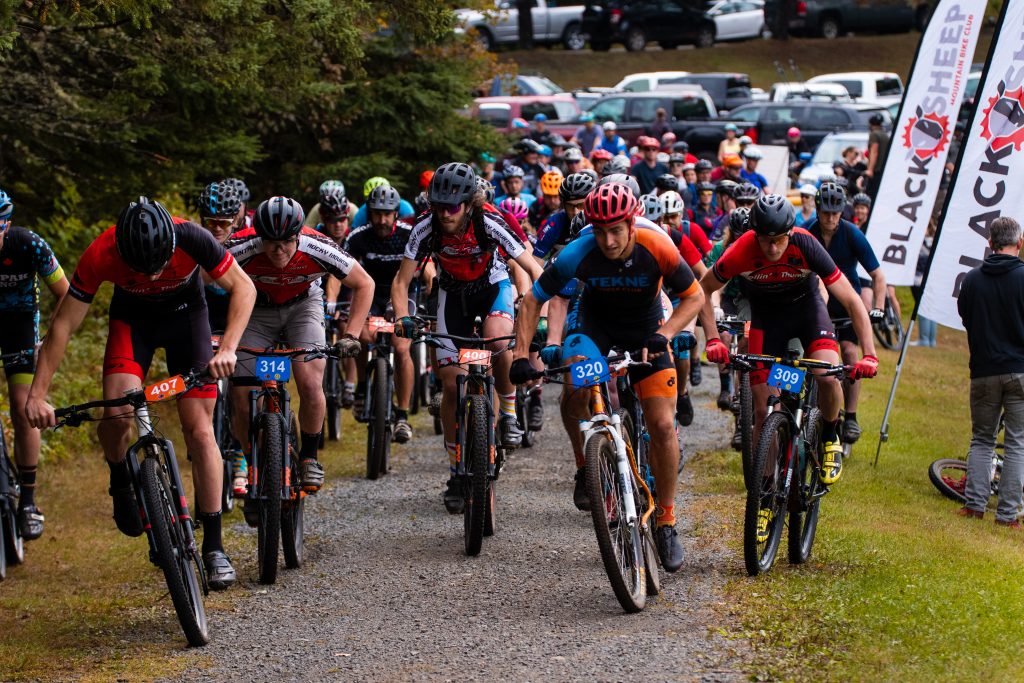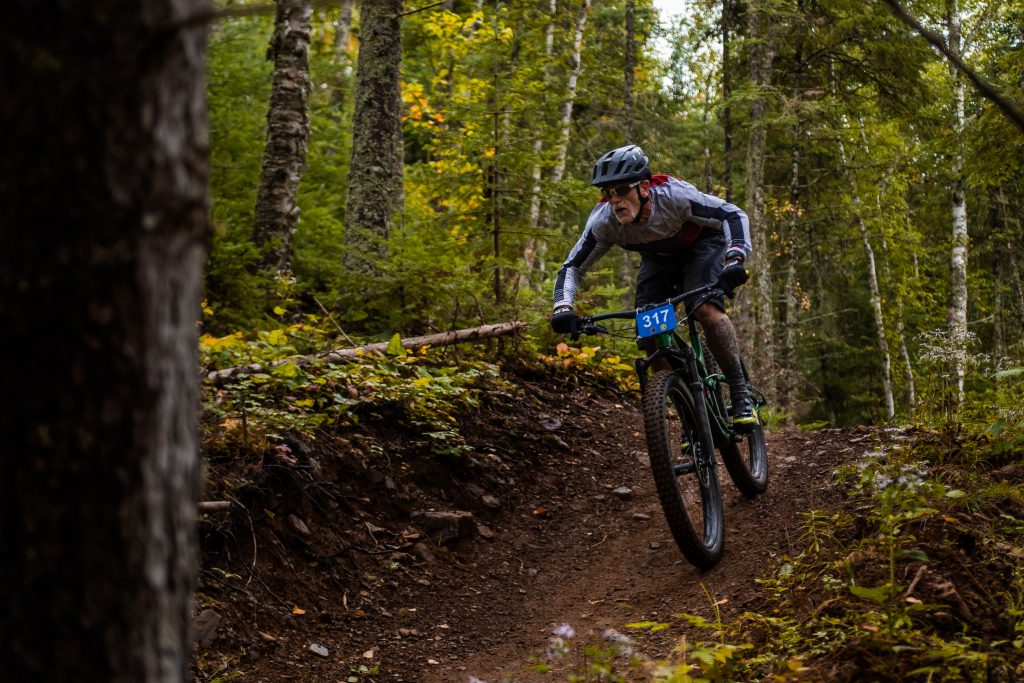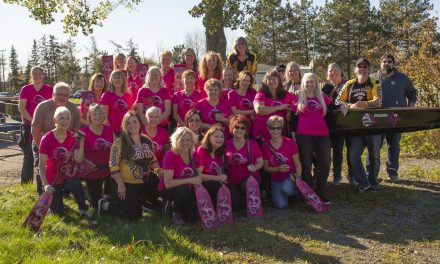Wheeling Away from the Maddening Crowd
Story by Justin Allec
When I first started mountain biking, I was too young to appreciate what it meant to have my bike’s tires bite into the dirt or how shifting gears could make pedalling easier. I did understand that I was able to ride previously inaccessible terrain because of my mountain bike, and it was a lot of fun. I wasn’t the only one.

Mountain biking’s origins are a rude mixture of synergetic chaos and mechanical adaptation, but the result was an incredible disruption to the status quo of cycling. If you’ve looked in the forgotten corner of a garage and seen some fragile-looking cruiser with skinny tires, that’s what an average bike looked like in the early 80s (with the obvious exception of BMX). Within a few years, mountain bikes would make those cruisers obsolete and kicked road bikes (and the roadie culture) to the curb. The appeal of fat tires was that they could be taken nearly anywhere, and in Thunder Bay, people were more than happy to do so. Even our paved roads are fairly rugged, which meant that mountain bikes hold an obvious advantage over their skinny-tired brethren.

It wasn’t long into the 90s before mountain bikes had completely supplanted road bikes in both specialty and department stores. Despite the majority of these bikes never seeing dirt, their construction inspired confidence. People who had given up cycling due to bumpy roads and frequent flats were getting outside, and some even into the woods for the perceived ideals of discovery, solitude, and exhilaration.
The mountain biking community in Thunder Bay grew rapidly, especially among teens. Cost is always a prohibitive factor to entering a new activity, but there seems to be a consensus among parents that kids need bikes. The layout of the city supports this with its enormous green spaces and trail networks. Given that, aside from higher-end racing models, road bikes had largely disappeared from store displays, mountain bikes soon coated the bike racks at schools. By the mid-90s, areas like Centennial Park and Candy Mountain were being ridden fairly aggressively, and riders were starting to develop Shuniah Mines. Black Sheep Cycling Club got their start at this time and never looked back as they mixed racing with irreverence. The high school race series, driven by invested teachers, also ventured out onto the trails.
Mountain biking technology kept pace with the public’s interest, and has progressed just enough that the entry-level bike of today is far beyond what yesterday’s professional would have raced. Front and rear suspension, disc brakes, and hydro-formed tubing have made riding even more comfortable. What hasn’t changed is the feeling of your tires grabbing the dirt, the wind against your face, and the ability to go most anywhere.














